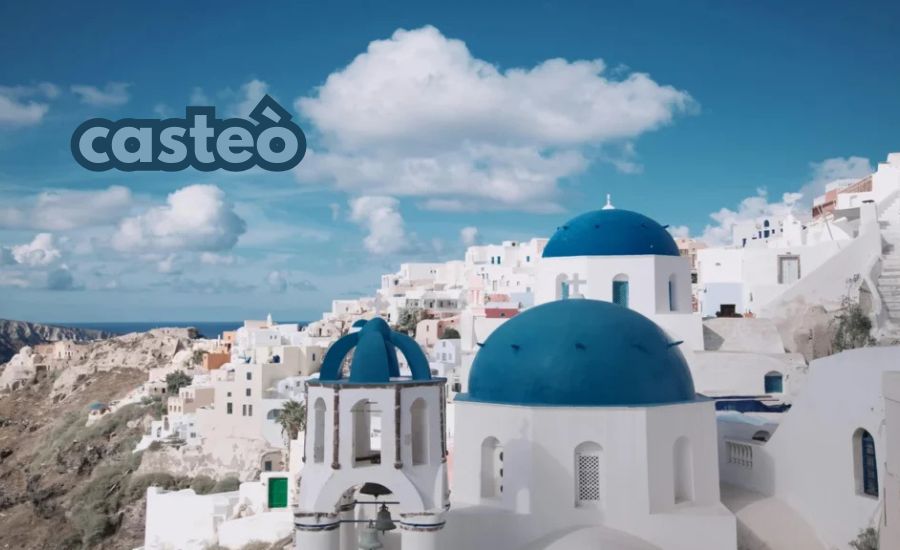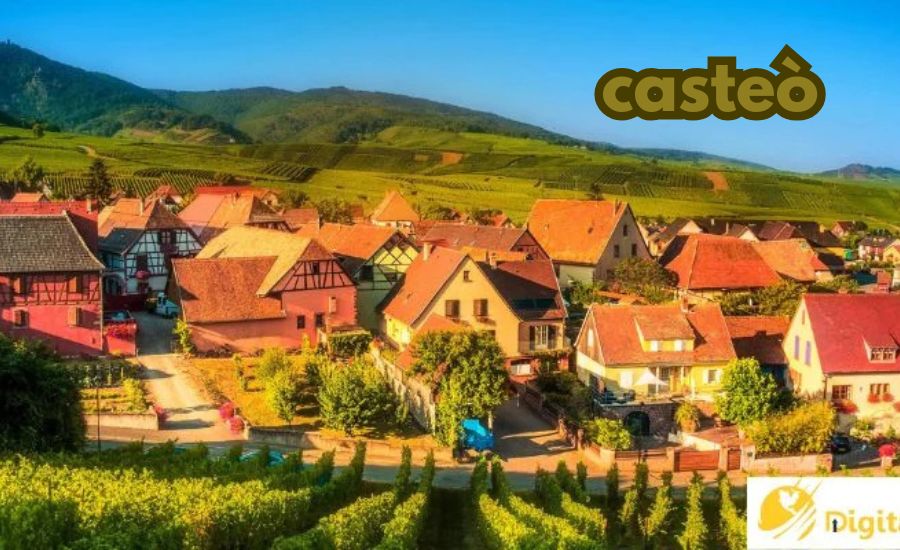Casteò is a concept with profound roots that has influenced societies and cultures across the globe. At US NOWADAYS, we delve into its origins, its shaping of social structures, and the ongoing discussions surrounding its relevance in today’s world. This article explores historical, cultural, and economic impact, providing insights that are not only informative but also useful in understanding how these systems affect contemporary society. From the depth of its historical significance to the modern challenges it poses, we bring you a comprehensive guide to help you grasp Casteò lasting legacy.
The Historical Foundations of Casteò
Unearthing the Origins of Casteò in Ancient Civilizations
The roots of Casteò go back to ancient civilizations, where it served as a framework for organizing society. In regions across Europe, Asia, and Africa, caste-like systems helped define relationships, allocate resources, and establish social roles. symbolized order in societies that valued stability, often becoming a tool for those in power to maintain social structure.
The Role of Casteò in Medieval Feudalism
During the medieval period,became synonymous with the rigid social stratification that characterized feudalism. Nobles, commoners, and serfs each had defined roles, with limited opportunities for upward mobility. The social structure maintained by reinforced a hierarchical system that would influence social and economic life for centuries. This historical layer of caste still echoes in modern social dynamics.
Read Next: Sja x Gsa In Redlands Ca
The Cultural Significance of Casteò
Traditions and Cultural Identity in Casteò
For many societies, Casteò embodies cultural traditions passed down through generations. Rituals, family lineage, and community ties are closely tied to one’s caste, influencing festivals, ceremonies, and social gatherings. This cultural connection provides individuals with a sense of belonging and identity, highlighting the importance of understanding place within these traditional frameworks.
Artistic Expressions Rooted in Casteò
Artistic expressions throughout history have reflected themes associated with. Artists often depict social hierarchies, relationships, and power dynamics influenced by caste systems in their works, whether in literature, painting, or music. These artistic representations serve as a powerful reminder of impact on identity and creative expression across eras.

Modern Challenges Facing Casteò
The Effects of Globalization on Casteò
Globalization has brought challenges to preserving the cultural essence of, as traditional values adapt to modern economic systems. This shift often risks reducing to a marketable trait rather than a living cultural legacy. Balancing modernization with heritage preservation has become a key conversation for communities that wish to respect their past while adapting to the present.
Legal and Social Reforms Addressing Caste Discrimination
In efforts to counteract caste-related discrimination, various countries have implemented policies to promote inclusivity. Affirmative action, legal reforms, and social initiatives work to address inequalities stemming from historical caste divisions. These reforms represent strides toward a more equitable society, where all individuals, regardless of background, can pursue opportunities on equal footing.
Economic Implications of Casteò
Occupational Segregation and Economic Mobility
Csteò has historically dictated occupational roles, often limiting certain professions to specific castes. Although modern economies offer more flexibility, some remnants of occupational segregation remain. Affirmative policies in education and employment are helping to break down these barriers, promoting economic mobility and financial security across different caste groups.
Health and Social Disparities Linked to Casteò
Economic inequalities associated with caste have significant impacts on health and social welfare. Marginalized communities often face limited access to healthcare, resulting in higher rates of disease and mortality. Addressing these disparities involves implementing equitable health policies and ensuring that healthcare resources are accessible to all social groups.
The Global Perspective on Casteò
International Recognition and Human Rights
Caste discrimination is recognized internationally as a critical human rights issue. Organizations like the United Nations emphasize the need for policies that protect individuals from caste-based discrimination. This global perspective highlights the universal impact of caste systems and the collaborative efforts required to dismantle these barriers.
Comparing Global Social Hierarchies
Many countries experience caste-like social divisions, such as Latin America’s class system and Africa’s tribal hierarchies. By comparing these systems, we can better understand the shared challenges and unique aspects of caste across cultures, promoting a broader dialogue on social equity.

Preserving Casteò Through Technology and Activism
Digitization and Cultural Preservation
The intersection of technology and cultural preservation offers innovative ways to keep the legacy of Casteò alive. Digital archives, restoration technology, and online educational platforms allow future generations to engage with their cultural heritage, making historical records accessible while preserving tradition.
Community Activism and Casteò’s Role in Social Justice
Activism at the grassroots level has been instrumental in challenging caste norms and promoting equality. Community-based initiatives focus on education, legal rights, and social awareness, paving the way for reform and inspiring change that honors the values of inclusivity and justice.
Culinary Heritage of Casteò: The Art of Pan-Frying Fish Fillets (煎魚柳技巧)
Historical Influence of Casteò in Culinary Arts
Casteò’s culinary traditions showcase the region’s rich cultural heritage. The technique of pan-frying fish fillets, known as 煎魚柳技巧, reflects intricate culinary skills, passed down through generations. This dish is symbolic of the community’s love for flavorful, well-prepared food that honors its cultural roots.
Mastering the Art of 煎魚柳技巧
This cooking technique requires precision and skill, blending local herbs and spices with delicate cooking methods. It’s not only a culinary practice but a cultural symbol of artistry and respect for tradition, making it a cherished dish among locals and food enthusiasts.
Conclusion
Casteò remains a powerful, multifaceted legacy that continues to influence societies worldwide. Its history, culture, and the modern challenges it poses reflect the complex ways in which social structures affect human relationships and personal identity. At US NOWADAYS, we believe that understanding is essential for fostering a more inclusive and equitable world, where people are free from historical constraints. Embracing both tradition and innovation, offers valuable lessons in resilience, unity, and the drive for social progress.
As we move forward, it is essential to remember and learn from legacy, striving to create a world where its impact builds connections rather than divides.
FAQs
Q: What is the historical origin of Casteò?
A: Casteò originates from ancient civilizations where it was used to define social roles and structures, primarily as a means of maintaining order in society.
Q: How does Casteò impact modern society?
A: While Casteò’s impact has lessened, its influence on social mobility and economic divisions persists, affecting access to opportunities and resources.
Q: Is caste-based discrimination recognized globally?
A: Yes, caste-based discrimination is recognized as a significant human rights issue by international organizations like the United Nations.
Q: Can modern technology help preserve Casteò’s cultural heritage?
A: Absolutely. Technology aids in preserving and sharing Caseò’s heritage through digital records, educational resources, and restoration techniques.
Q: What is 煎魚柳技巧 in Casteò’s culinary culture?
A: 煎魚柳技巧 refers to the traditional pan-frying technique for fish fillets, a dish that exemplifies the culinary artistry rooted in cultural heritage.
Explore the Latest Blogs on: US Now A DAYS










